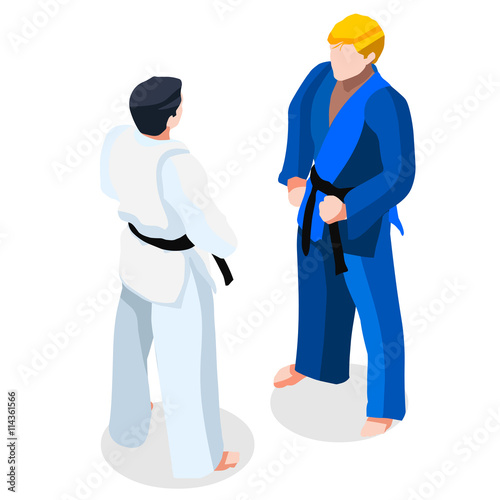The Development And Historical Context Of Martial Arts Worldwide
The Development And Historical Context Of Martial Arts Worldwide
Blog Article
Write-Up Author-Wilcox Fallon
Martial arts have an interesting history that extends centuries and continents. You might locate it interesting exactly how ancient methods like Shuai Jiao and Kalaripayattu laid the groundwork for modern fight techniques. These disciplines not only highlight physical skills however also reflect the societies that birthed them. As you discover their evolution, think about how globalization has actually changed these traditional kinds into crossbreed styles. What influences do you believe have shaped today's martial arts landscape?
Ancient Martial arts: The Foundations of Combat
As you look into the world of ancient martial arts, you'll find the abundant foundations that formed battle strategies across societies. Early methods concentrated on Self-Defense and survival, commonly including strikes, hurting, and weapons.
In ancient China, for instance, strategies like Shuai Jiao emphasized throws and joint locks, while India's Kalaripayattu showcased agility and liquid activity. Japanese samurai created Kenjutsu, a polished swordsmanship that highlighted discipline and method.
These martial arts served not just for battle yet also as a way of individual development, instilling values like respect and determination. The mixing of these techniques with time laid the groundwork for the varied martial arts you see today, each mirroring the special ideologies and requirements of its culture.
The Social Influence on Martial Arts Development
While martial arts usually mirror the functional requirements of a society, they likewise embody the social values and beliefs of their origins. When best self defense class for adults check out various martial arts, you'll discover exactly how they're influenced by religious beliefs, ideology, and social standards.
As an example, the focus on respect and technique in Japanese martial arts stems from Zen Buddhism and samurai culture. On the other hand, Brazilian Jiu-Jitsu promotes adaptability and technique, shaped by the demand for effectiveness in a varied, multicultural environment.
You may locate that the routines, attires, and training methods reflect an area's background and identity. By understanding these social impacts, you strengthen your appreciation of martial arts and their function in shaping human experiences around the world.
Modern Adaptations and the Globalization of Martial arts
Martial arts have transformed dramatically in recent years, adapting to contemporary culture and worldwide impacts. You'll see that conventional types have combined with modern techniques, producing hybrid styles like mixed martial arts. These adaptations accommodate varied target markets, making martial arts available and appealing worldwide.
With visit the next document of social media and digital platforms, you can discover tutorials and competitors from all edges of the world, breaking geographical obstacles. This globalization has caused a shared recognition for different disciplines, from Brazilian Jiu-Jitsu to Taekwondo.
As you engage with these arts, you'll recognize they're not almost battle; they advertise health and fitness, self-control, and psychological wellness.
Eventually, contemporary adjustments have actually enriched the martial arts landscape, making it a vibrant and advancing practice.
Verdict
In checking out the history and development of martial arts, you uncover a remarkable mix of techniques, societies, and ideologies. From ancient self-controls like Shuai Jiao and Kalaripayattu to the contemporary versatility seen in MMA, martial arts show humanity's quest for Self-Defense and individual development. As you engage with these techniques, you not only get skills however additionally a deeper gratitude for the varied traditions that shape our world today. So, proceed your journey and embrace the art of fight!
